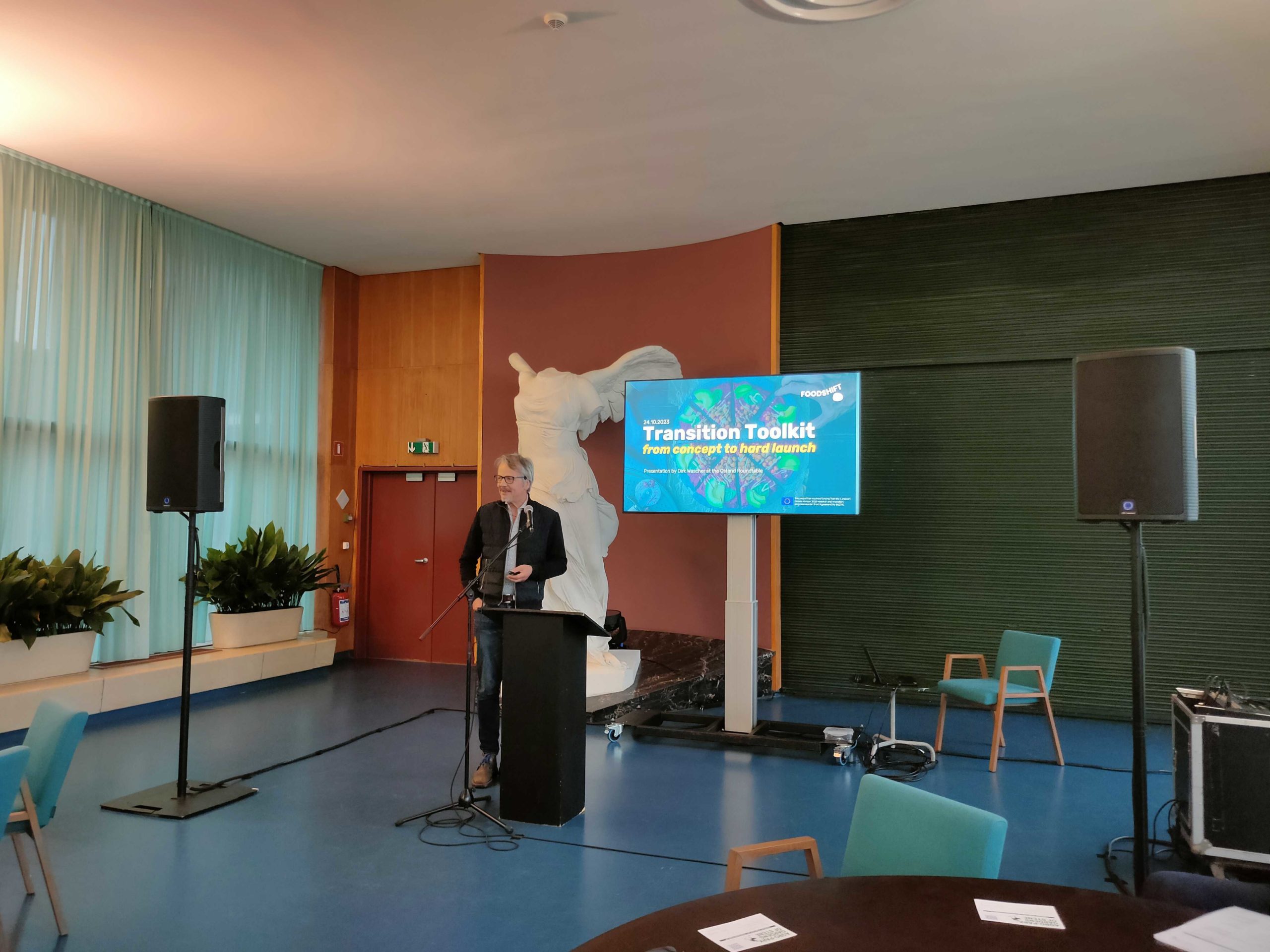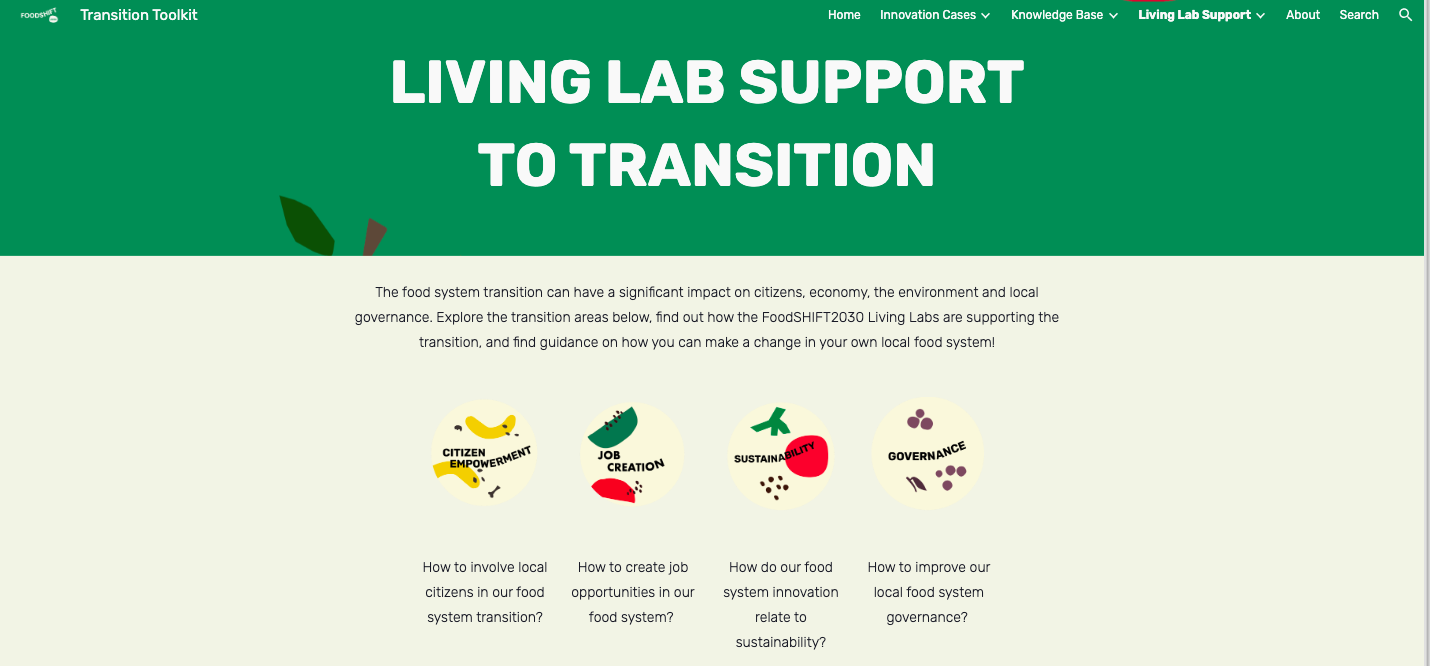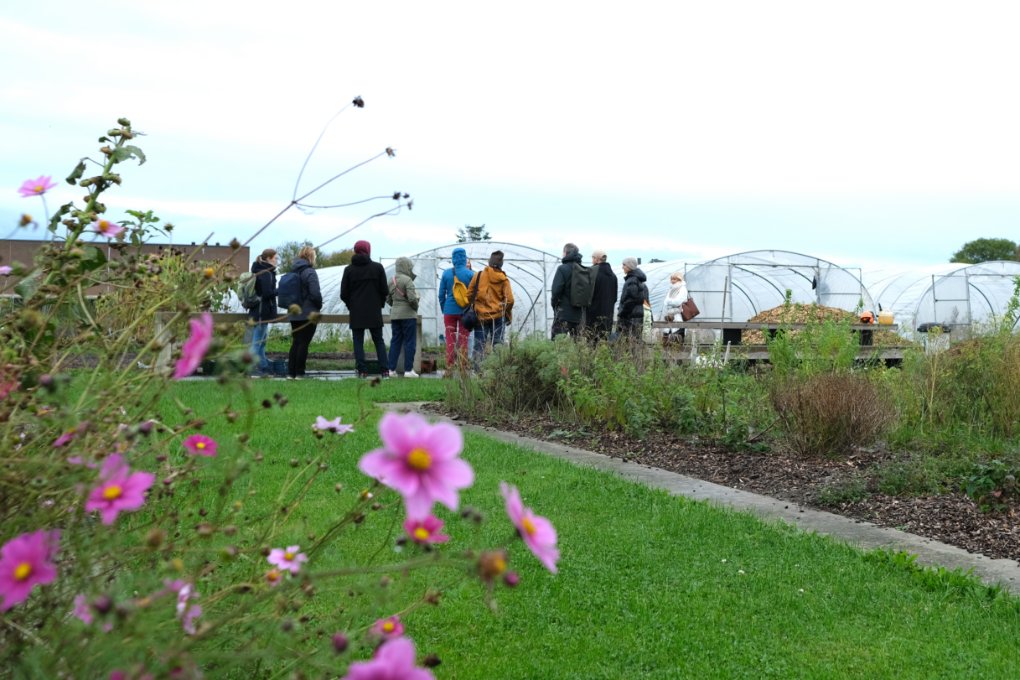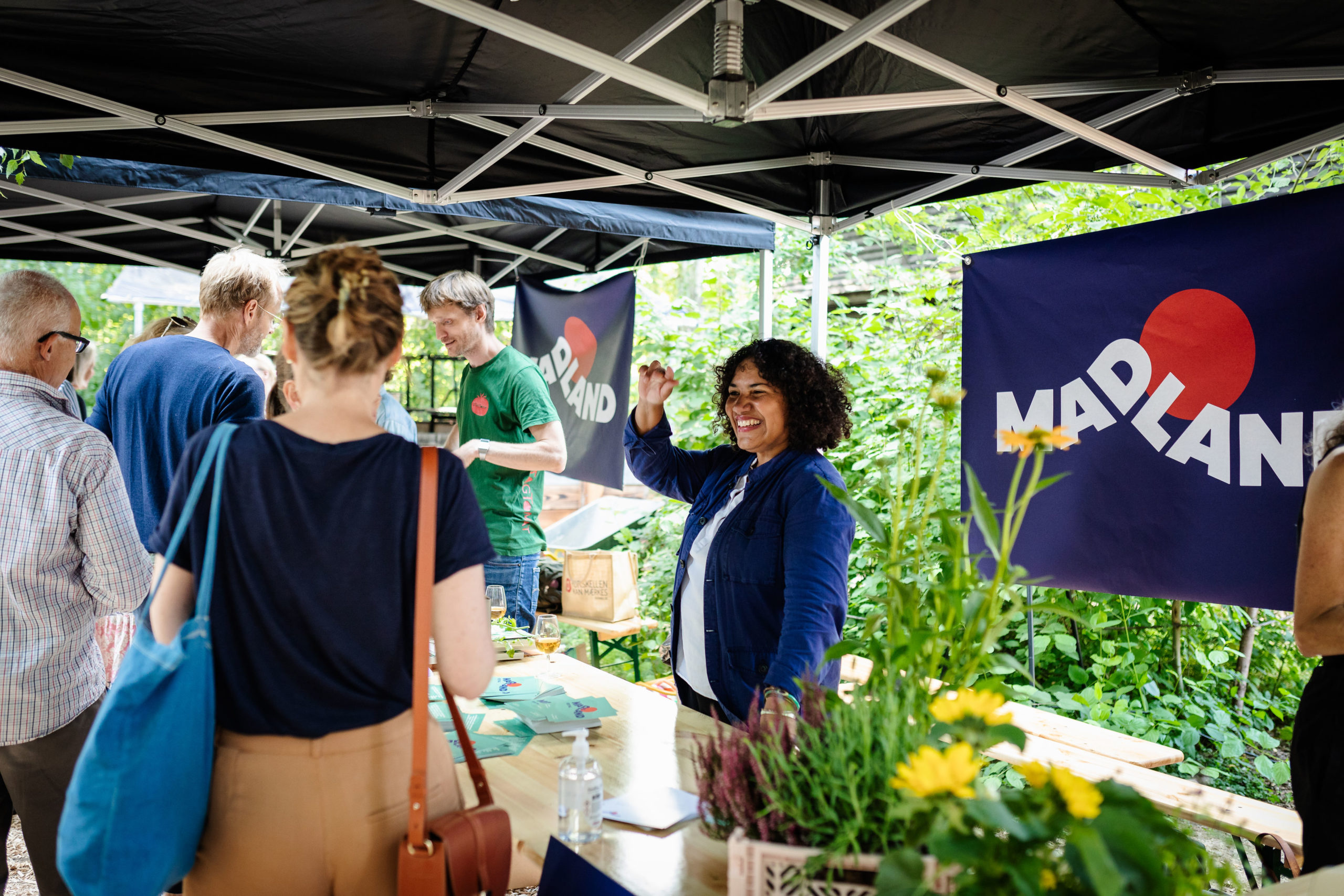Gardens of Stene: an innovative park including food production at the edge of the city
03 August 2023
Can we integrate food production in an innovative park concept? And can this contribute to a more sustainable food system? That was the main topic of the exchange visit to the Foodshift Accelerator Lab (FAL) city of Oostende and some FELs (Foodshift Enables Labs) such as Lisbon (Rosário Oliveira) and representatives of Manger Demain.
This excursion on 24th May 2023 was dedicated to agricultural parks and (spatial) planning for edible cities.
Creative planning for a 21st century food park
Ten years ago, the city of Ostend started a strategic exercise thinking about a green belt for the city. Ostend is a compact city of about 37 km², with a high population density (1.753 inhabitants/km²). Historically, Ostend has been spoiled in terms of green spaces, thanks to the internationally renowned (landscape)architects invited by King Leopold II to shape the city he loved so much. 85 % of the citizens live within 400 m of Green space (sustainable city monitor, 2017). But now, the city wanted to focus on the space surrounding the edges of the city, the green belt. Fifteen landscapes were defined, one of them was the agricultural area at the edge of the village Stene. An area which was inaccessible and unknown to the citizens. In each of the fifteen green spaces and landscapes, the city was looking at how it could play a role in climate change mitigation: energy production, nature protection, water management, food production and heat management.
Bringing all of these issues together in a 21st century new park concept for Stene was a matter of balance, involving many stakeholders, citizens and organisations. The key objective for the Gardens of Stene was creating an edible landscape, with sustainable food production at its heart. The objectives for the park were further shaped during a thorough co-creation process with experts from various disciplines, citizens, politicians, farmers, NGO’s, and students. Starting with an open mind, looking at all ideas and needs: food production, water management (excess and lack of water), restoring historical landscapes, allowing recreation, boosting education on healthy food, involving new (co)housing projects, nature development and protection.
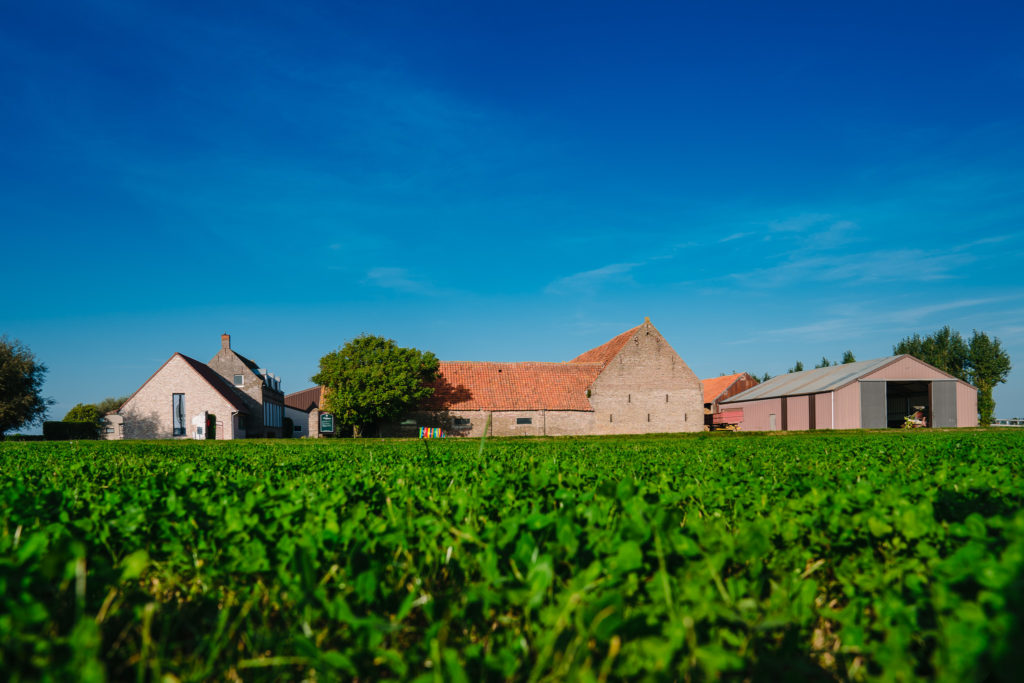
The city of Ostend bought 16 ha within the 35 ha of the agricultural park, in order to realise the objectives.
After a master planning process of two years, four landscapes were defined within the area:
- The polder garden, for vegetable production
- The water meadows, for extensive grazing and nature development
- The test fields, for innovative crops
- The food platform, for food distribution
The actual building works in the area took two years and were executed by the city. Reshaping historical creeks, deepening water ways for water retention (22?000 m³ of soil was removed), constructing three entrances and cycle path, shaping the walking path through the area, draining the vegetable fields, planting the orchard, building bridges, installing picnic zones, creating the outdoor class room and edible pergola. The total cost was about 2,5 million euros in this phase.
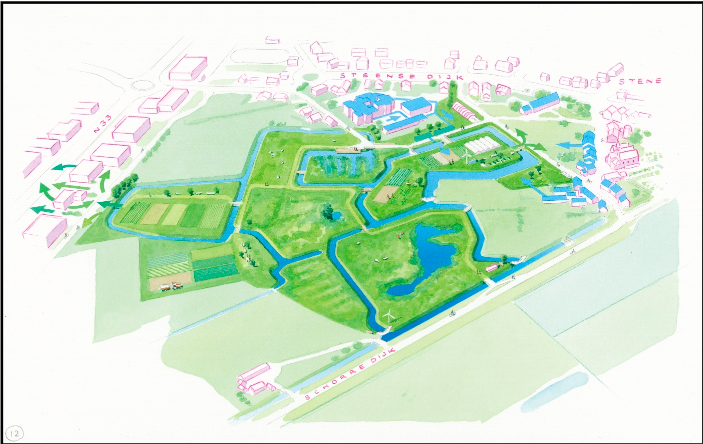
Involving many stakeholders and innovators
The Gardens of Stene have become a well-known name, thanks to years of participation and communication about the developments.
The citizens were invited to join four city dialogues where the ideas for the area were discussed. Starting from scratch in the first dialogue, through further scaping and refining, onto presentation of the final plan.
Citizens have not only been involved during the conception phase. The park comes to life not only by the animals grazing and the lapwings breeding, but also by the members of the community supported agriculture (csa) coming to harvest their local, organically grown vegetables. Tourists and children cycling to school bring the cycling path to life, walkers with and without dogs happily wonder through the grazing fields. A group of guides have been trained to give guided tours in these 21st century productive Gardens. All these people are the ambassadors of this sustainable and edible landscape, “from landscape to fork”.
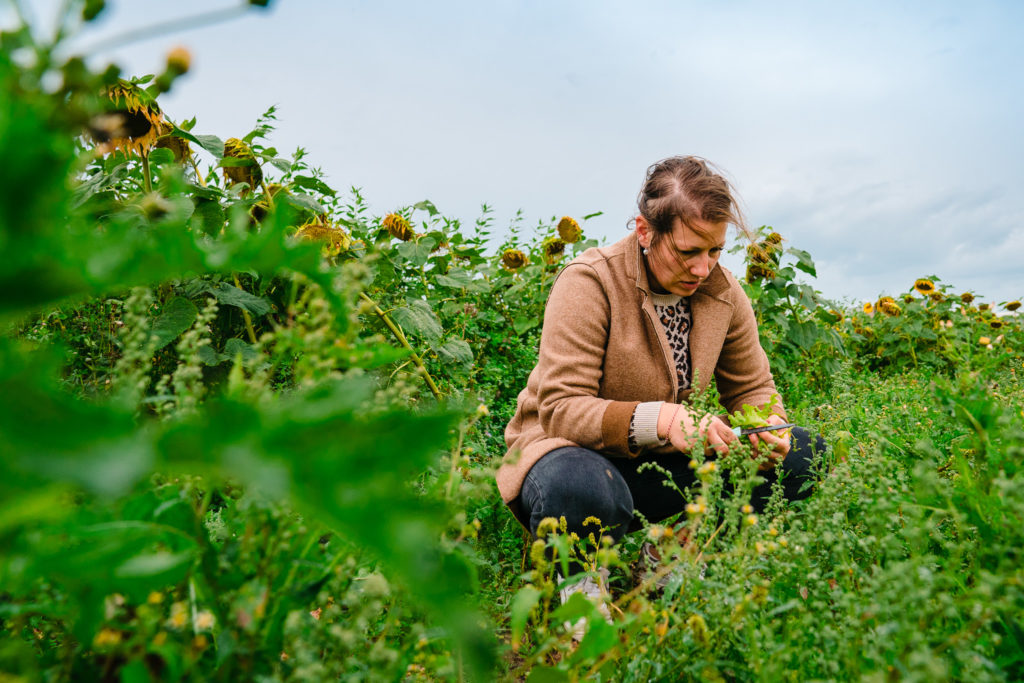
Furthermore, the park has some very enthusiastic neighbors, also involved as innovators in FoodSHIFT:
- the school Sint-Andreas, who are very grateful to have an outdoor classroom in the park (apart from using the area as the perfect outdoor gym, the inspiring landscape for art classes, and a laboratory for science classes). The rainwater captured on their roof is stored in underwater tanks and used for the vegetable farm
- The co-housing Boldershof, who decided to skip growing their own veg, and enjoy the efforts of the csa farmers instead. Boldershof opens their kitchen for cookery workshop with products from the Gardens and enjoy the landscape daily.
- A second co-housing project is planned on the premises of a protected farmhouse. The farmhouse will be renovated and serve partly as a local food shop for the csa and other local producers.
Keys to success top 3
During the visit some keys to success were discussed. Here is the top 3:
- Need for support by the city council for the idea, process and implementation. The city of Ostend invested a lot – time and money- in the agriculture park and keeps on supporting it.
- Need for a management organisation. The production in the Gardens of Stene is managed by the Foodshift innovator Buitengoed, an NGO. The city manages the public spaces such as the cycling and hiking paths.
- Multifunctionality is key. The park serves many more functions than only short chain food vegetable, fruit or meat production: social interaction and integration, education, employment opportunities, recreation, climate adaptation, water management, biodiversity.
Want to know more?
No time to cycle the green belt of Ostend and visit the Gardens of Stene? Have a look at more info and movies on https://www.oostende.be/tuinvanstene.
Want to learn more on agriculture parks in Europe? Read this report on urban agriculture parks in Flanders (Belgium), including a quick scan of parks in Europe (Dutch!): https://ilvo.vlaanderen.be/uploads/documents/Onderzoekskouter/Stedelijke-landbouwparken-in-Vlaanderen-DEF-10122018.pdf
More info on the Agroparque das Terras da Costa of the Lisbon metropolitan area: https://www.ccdr-lvt.pt/2022/07/terras-da-costa-primeiro-agroparque-de-almada/
